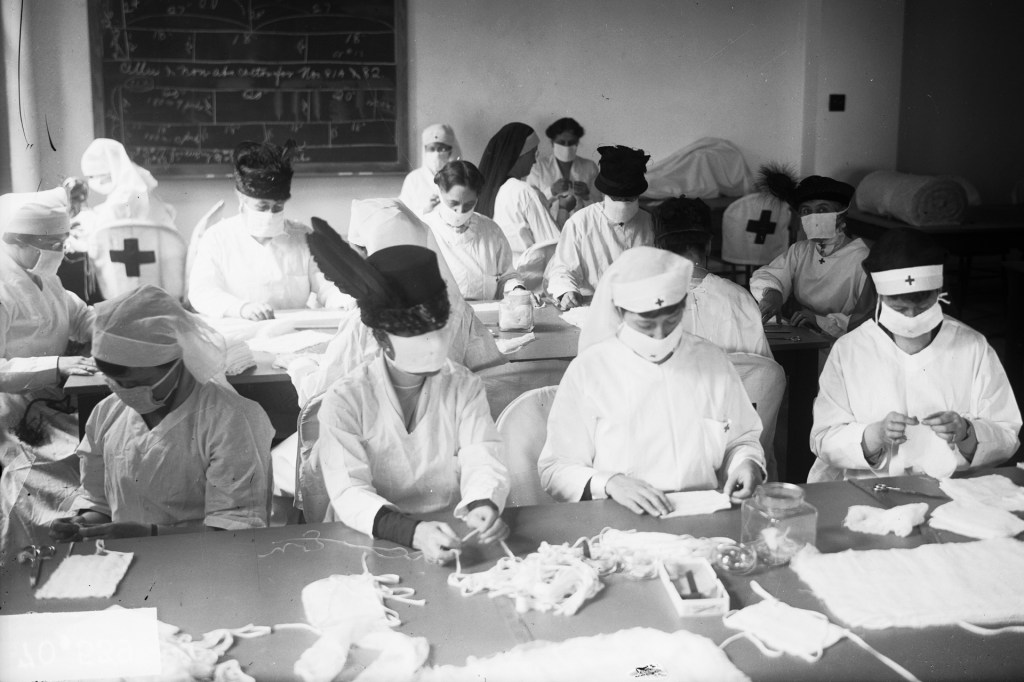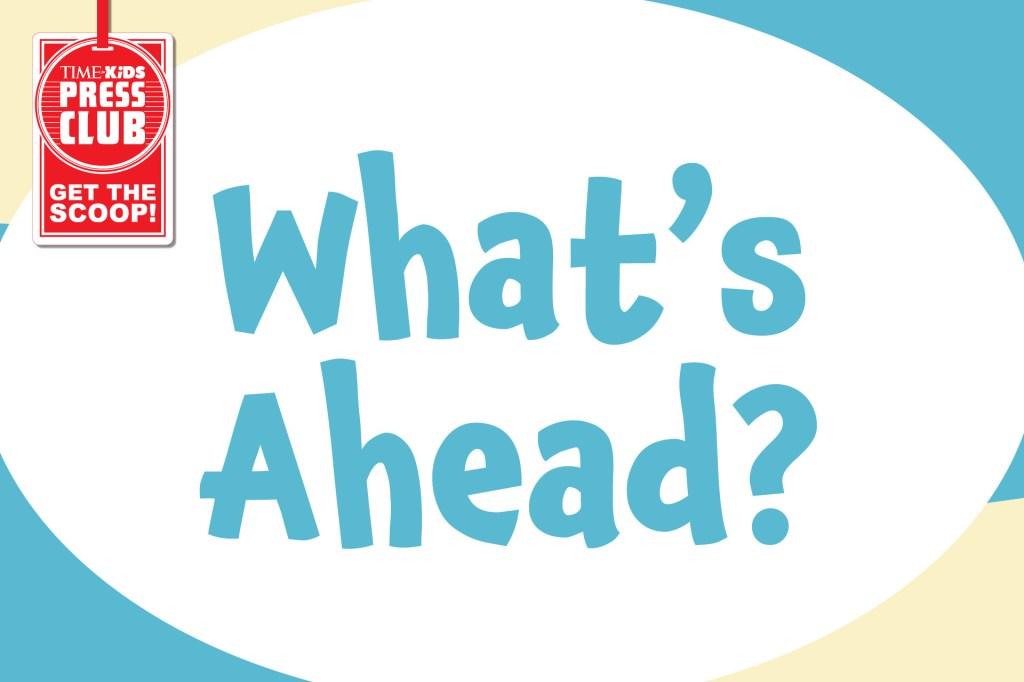The History of Pandemics

The new coronavirus pandemic is historic. But this isn’t the first time a virus has sickened people around the globe. Pandemics have happened throughout history.
The most recent pandemic started just over a decade ago, in 2009, with the outbreak of a new kind of H1N1 flu called the swine flu. The illness most likely started in North America, and it quickly spread around the world.
Swine flu wasn’t nearly as deadly as the coronavirus. That made it much easier to control. Governments did not have to issue stay-at-home orders like we are seeing today. By late 2009, vaccines were available to prevent people from becoming sick.
Throughout History
Before the modern era of pandemics, the United States was hit hard by yellow fever, which arrived in Philadelphia, Pennsylvania, in 1793. Yellow fever attacks a person’s liver and kidneys. The disease got its name because it causes the skin to take on a yellow tint.
Back then, scientists didn’t understand what caused yellow fever or how it spread, which made it difficult to stop the outbreak. But when the weather in Philadelphia cooled down in the fall, the outbreak let up. That’s because yellow fever is spread by mosquitoes, which aren’t active in cold weather—though scientists wouldn’t learn that until a century later. Today, yellow fever can be prevented with a vaccine. The disease is no longer a concern in the U.S., but people traveling to parts of Africa and South America may be required to take precautions.
In 1918, a true pandemic hit, caused by a new kind of flu called the Spanish flu. (The disease didn’t actually start in Spain, but newspapers there were among the first to report on it. So people started calling it the Spanish flu, and the name stuck.)
Experts believe that one third of the world’s population was infected with the Spanish flu. Many historians have compared it to the new coronavirus. “They’re similar in the way they infect people,” historian John Barry told TIME for Kids. “They’re similar in the way they spread.” Both the coronavirus and Spanish flu can affect a person’s lungs. And they both spread when a person coughs, sneezes, or talks.
Stopping the Spread
During the Spanish flu pandemic, the U.S. put in place restrictions similar to those we’re seeing today. People were asked to wear face masks and encouraged to wash their hands. Officials limited large gatherings and ordered people to quarantine themselves.
“Quarantine is centuries and centuries old,” says Katherine Foss. She’s an author and professor who has studied pandemics throughout history. “It’s the number-one practice that is used to stop an outbreak. And it works even when scientists don’t know what is making people sick.”
Science has come a long way since 1918. Back then, doctors didn’t even have microscopes that were powerful enough to let them see the viruses that cause pandemics. Today, scientists and doctors have advanced technology to help them battle the new coronavirus. “But since we’re dealing with a brand-new virus that nobody has ever seen before, it still takes time to develop vaccines and treatments using modern medicine,” Barry says. “In the meantime, the only thing left to fight it with are public-health measures like quarantine.”
Barry says that although there have been many pandemics throughout history, kids should understand that this one is unusually severe.
“This is something you’re going to remember for the rest of your life,” he says. “This is not ordinary. This is a special time that requires special courage. You have an opportunity to rise to greatness. Social distancing matters, and it saves lives.”











